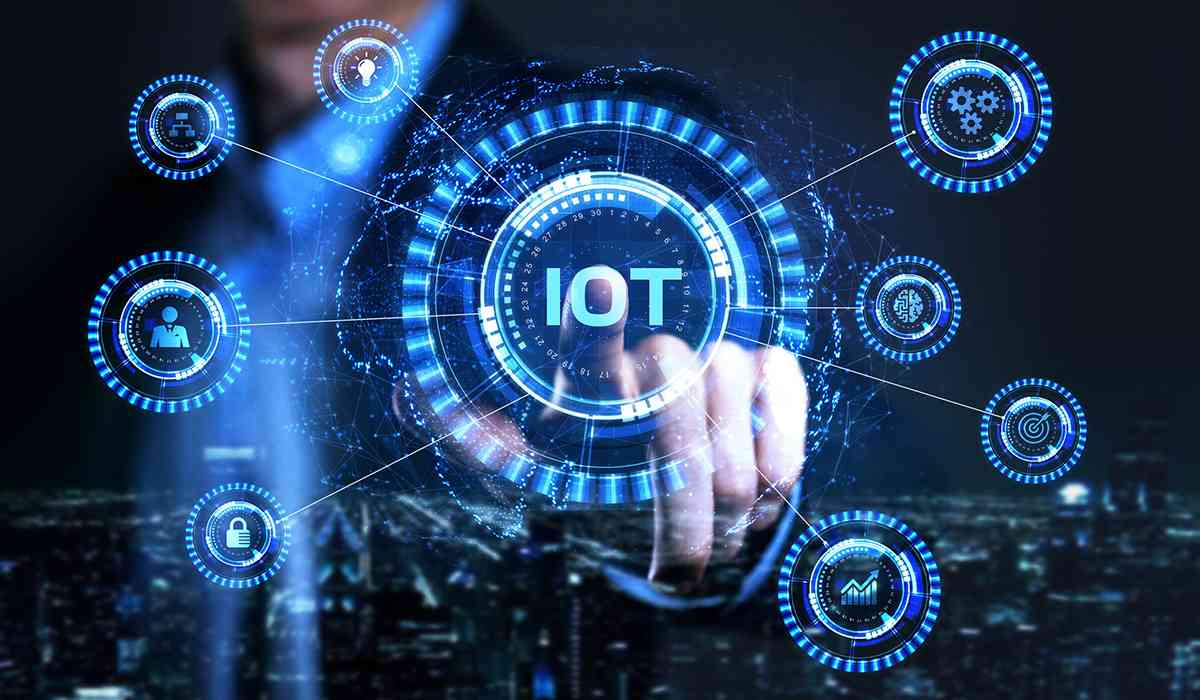The advent of 5G technology heralds a new era of connectivity, promising to reshape how we interact with and understand the world through Internet of Things (IoT) devices. With its high-speed, low latency, and ability to connect a multitude of devices simultaneously, 5G is set to significantly impact the functionality, efficiency, and potential applications of IoT devices. This article delves into the profound implications of 5G on IoT, especially for exporters and importers who rely heavily on IoT for various operational efficiencies.

What is 5G?
5G is the fifth generation of mobile network technology, offering speeds up to 100 times faster than its predecessor, 4G. It provides a more reliable connection, reduced latency, and the capacity to connect billions of devices seamlessly. This makes 5G a critical enabler for the expansion and enhancement of IoT.
Understanding IoT Devices
IoT devices are interconnected devices that communicate over the internet, collecting and exchanging data. These devices range from household appliances to industrial machines, all contributing to a network that enhances data-driven decision-making.
The Role of 5G in Enhancing IoT
Increased Data Transfer Speeds
With 5G, data transfer speeds are significantly increased, allowing real-time data processing and analytics. This is crucial for IoT devices that rely on instantaneous data to function optimally, such as autonomous vehicles and smart city infrastructure.
Reduced Latency
5G reduces latency to as low as one millisecond. This near-instantaneous communication is vital for applications where time is of the essence, such as in healthcare and autonomous driving. The reduced delay enhances the efficiency and safety of IoT applications.
Massive Device Connectivity
5G can connect up to one million devices per square kilometer. This capability is essential for IoT networks in densely populated areas, enabling the integration of a vast number of devices without compromising performance.
Impact on Industrial IoT
For exporters and importers, 5G revolutionizes the industrial IoT landscape. Enhanced connectivity allows for better asset tracking, improved supply chain management, and more efficient logistics. This leads to cost savings and increased operational efficiency.
Smart Cities and 5G
5G facilitates the development of smart cities by supporting a vast array of IoT applications. These applications range from traffic management systems to energy-efficient buildings, all contributing to a more sustainable urban environment.
Challenges of Implementing 5G in IoT
Infrastructure Costs
Implementing 5G requires significant investment in infrastructure, which can be a barrier for widespread adoption. The cost of upgrading existing systems to support 5G can be substantial.
Security Concerns
With increased connectivity comes heightened security risks. Ensuring the security of IoT networks is crucial to protect sensitive data from cyber threats.
Future Prospects of 5G and IoT
As 5G networks become more widespread, the potential for IoT applications will continue to grow. This will lead to new innovations and efficiencies across various sectors, from healthcare to manufacturing.
Conclusion
The integration of 5G technology with IoT devices offers unprecedented opportunities for innovation and efficiency. For exporters and importers, the benefits of improved connectivity, reduced costs, and enhanced operational capabilities are significant. As we move forward, the synergy between 5G and IoT will undoubtedly lead to transformative changes across industries.

Frequently Asked Questions
What are the benefits of 5G for IoT devices?
5G provides high-speed connectivity, reduced latency, and the ability to connect more devices simultaneously. This enhances the performance and capabilities of IoT devices significantly.
How does 5G improve industrial IoT?
5G improves industrial IoT by enabling better asset tracking, more efficient supply chain management, and enhanced logistics, leading to cost savings and increased operational efficiency.
What challenges does 5G face in IoT implementation?
The main challenges include the high cost of infrastructure upgrades and the need to address security concerns associated with increased connectivity.
IoT Product Development IoT Environmental Monitoring IoT Firmware Control IoT Gateway Design IoT Over-the-Air


